|
Melody extraction can be used for a number of cool applications including query-by-humming, automatic transcription, or computational musicology. But it can also be used to replace your favourite singer with a robot!
How? You start by choosing a track, for example this one:
Then you can use Melodia to estimate the pitch curve of the singer. If we synthesize the result with a sine wave, it would sound like this:
|
Here's another example, this time with opera! Here's the original track:
The opportunities for creating new songs (or just wreaking havoc with existing ones) are limitless!

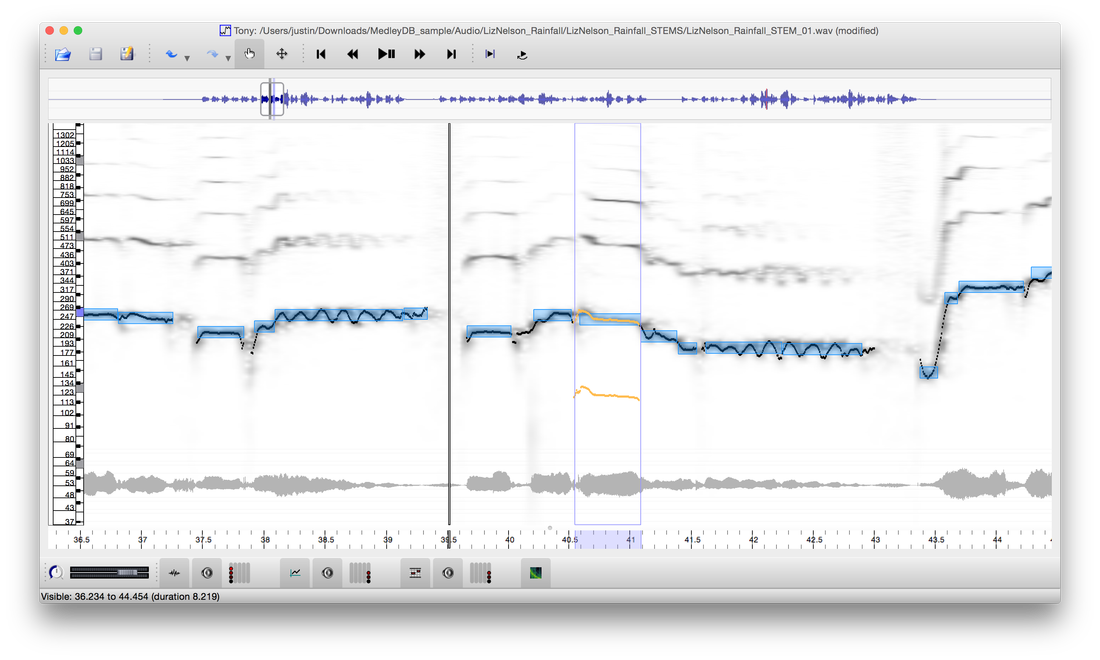
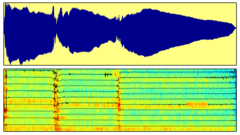
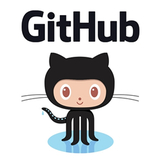

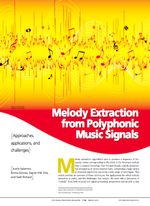

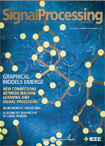
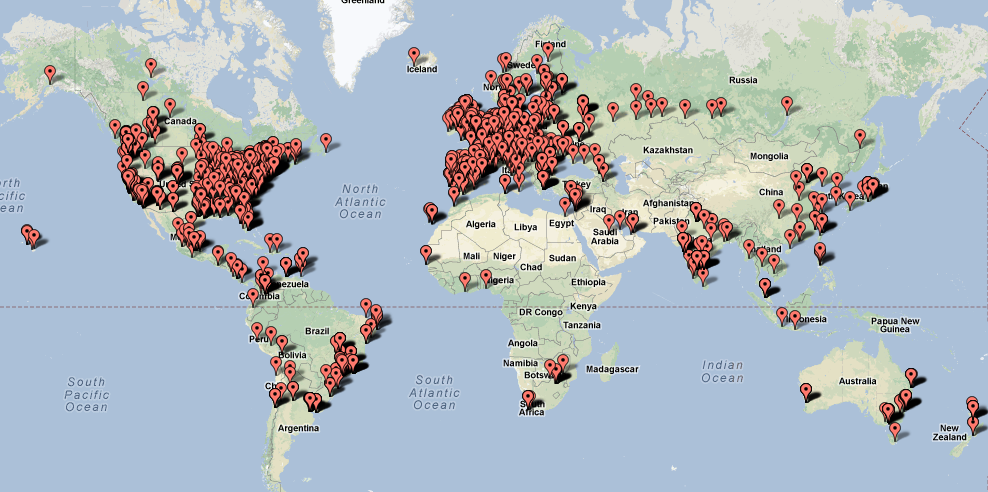
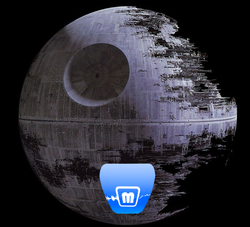
 RSS Feed
RSS Feed
